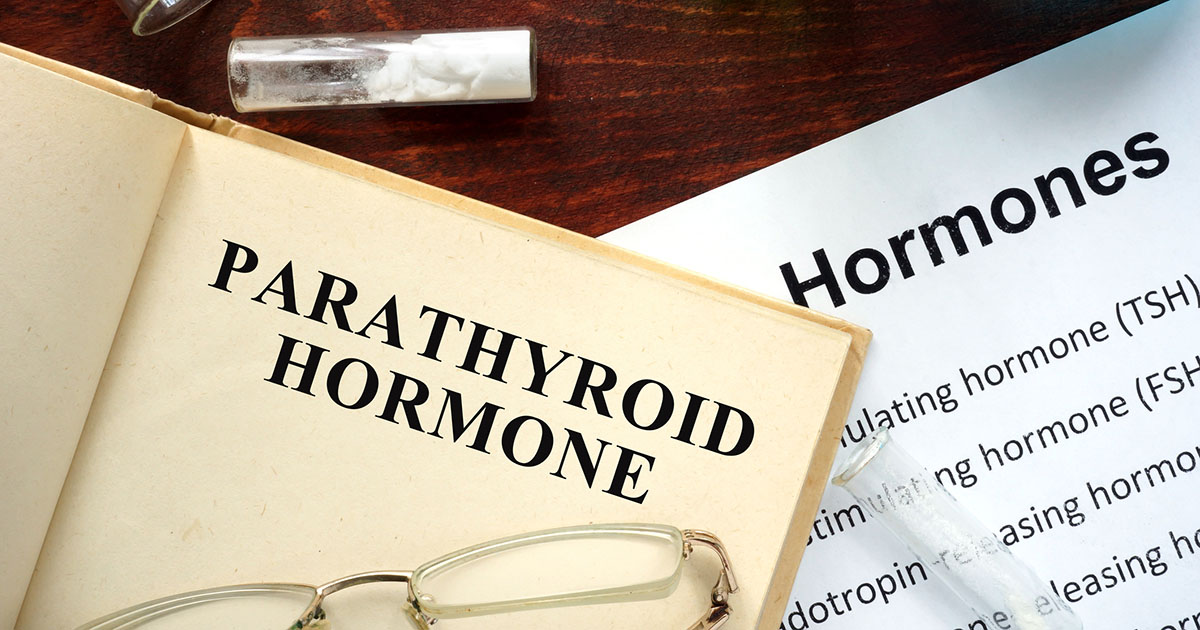Warning Signs Of Multiple Endocrine Neoplasia Type 1
Multiple endocrine neoplasia type 1 (MEN 1) is a disorder that causes the development of tumors in the stomach, endocrine glands, and parts of the small intestine. When tumors develop in the organs and glands of patients affected by MEN 1, they are usually benign or noncancerous. However, they produce an abnormally high quantity of hormones that can cause various other medical problems throughout the body. Multiple endocrine neoplasia type 1 is a hereditary disorder, meaning it can be passed from generation to generation. Treatment for MEN 1 typically involves medication to help manage hormones in the body. Surgery is also often utilized to remove problematic tumors. Often times, a MEN 1 patient will need to take some form of medication after a tumor has been removed to replace any missing gland functions.
There are several symptoms that commonly manifest in individuals affected by multiple endocrine neoplasia type 1. Uncover them now.
Cushing's Syndrome

Cushing's syndrome is a condition characterized by long-term elevated levels of the hormone called cortisol in the body. Cortisol is produced by the adrenal glands, which sit on top of the kidneys in the middle of the back. Cortisol assists the body in managing the conversion of protein, fat, and carbohydrates into cellular energy. This hormone also aids with the control of glucose in the blood, blood pressure, and numerous other cardiovascular functions. Individuals affected by multiple endocrine neoplasia type 1 may develop a benign or malignant tumor in the pituitary gland located in the middle of the brain. A tumor in the pituitary gland can cause the overproduction of various hormones. One of these hormones is called adrenocorticotropic hormone (ACTH), which is responsible for regulating the production of hormones by the pituitary glands. One of the hormones ACTH stimulates the production of is cortisol. Therefore, the overproduction of ACTH by the pituitary gland causes an increased production of cortisol that results in Cushing's syndrome in MEN 1 patients.
Learn more about the warning signs of multiple endocrine neoplasia type 1 now.
Hyperparathyroidism

Hyperparathyroidism is a condition in which the parathyroid glands secrete too much parathyroid hormone (PTH). The parathyroid glands are small glands located on the outside borders of the thyroid gland in the front of the neck. The PTH secreted by the parathyroid glands is responsible for managing levels of phosphorous and calcium in an individual's blood, urine, and bones. Many different factors can cause the parathyroid glands to become overactive and produce too much PTH. Abnormally high levels of parathyroid hormone can cause a patient to have high calcium levels in their blood. Over time, too much calcium in the blood can result in the development of kidney damage or kidney stones. Multiple endocrine neoplasia type 1 patients usually develop tumors in their parathyroid glands and present with hyperparathyroidism before any other symptoms manifest. These tumors cause all four of the patient's parathyroid glands to become overactive. The overactive nature of the glands causes too much PTH to build up in the blood. Usually, the only way to treat hyperparathyroidism in individuals with MEN 1 is to remove all of the parathyroid glands.
Get more details on multiple endocrine neoplasia type 1 symptoms now.
Acromegaly

Acromegaly is an uncommon disorder where the pituitary gland produces an abnormally high amount of growth hormone in the body. The pituitary gland is located in the center of the brain, and it is responsible for the production of several different hormones. These hormones manage body functions like reproduction, growth, metabolism, and development. When growth hormone is secreted into the bloodstream by the pituitary gland, the liver responds with the production of a hormone called insulin-like growth factor I or IGF-I. Individuals with MEN 1 may develop a tumor in the pituitary gland called an adenoma. Although adenomas are benign or noncancerous, they compress surrounding tissues and produce an excess amount of growth hormone. The high levels of growth hormone cause the liver to produce an abnormally high quantity of IGF-I hormone. It is the excess IGF-I hormone that actually results in the overgrowth of tissues throughout the body in acromegaly. The most common manifestations that appear in patients affected by acromegaly are organ enlargement and bone overgrowth.
Continue reading to reveal more warning signs of multiple endocrine neoplasia type 1 now.
Vision Changes

Vision changes may manifest in individuals with MEN 1 when a tumor in the pituitary gland becomes large enough to compress neighboring nerves or components of the brain. The benign or noncancerous form of a tumor that causes vision changes is called a macroadenoma. A large malignant or cancerous tumor of the pituitary gland is called a carcinoma. A carcinoma or macroadenoma that forms in the pituitary gland as a result of multiple endocrine neoplasia type 1 can cause many symptoms that involve and impair an individual's vision. A weakness of the eye muscle may occur, which causes the eyes to lose their normal ability to move in the same direction at the same time. A patient may also experience a loss of their peripheral vision, double vision, and blurry vision. Headaches, dizziness, and loss of consciousness are also common with these types of tumors. In individuals who have MEN 1, these symptoms will manifest once the tumor has grown large enough to pinch the nerves located between the brain and the eyes.
Uncover more symptoms of multiple endocrine neoplasia type 1 now.
Abdominal Pain

A common symptom that occurs in individuals who have MEN 1 is abdominal pain, the source of which is the development of tumors called gastrinomas. This type of tumor forms in the lymph glands, pancreas, and duodenum. Gastrinomas secrete abnormally high levels of a chemical involved with digestion called gastrin. When the stomach is exposed to excessive amounts of gastrin, it releases unusually high quantities of gastric acids. This overproduction of gastric acids results in severe diarrhea and the development of severe ulcers in the small intestine, duodenum, and stomach. Ulcers can cause widespread cramping, inflammation, and bleeding in the abdominal region. When a patient with gastrinomas develops ulcers, it is called Zollinger-Ellison syndrome. The ulcers that occur in multiple endocrine neoplasia type 1 patients are much more serious and painful than everyday intestinal or stomach ulcers. The greater severity of these ulcers is the reason why over half of the individuals diagnosed with MEN 1 report chronic abdominal pain. These ulcers can become so severe when untreated that they may result in the rupture of the intestine or stomach, and they have the potential to result in death.